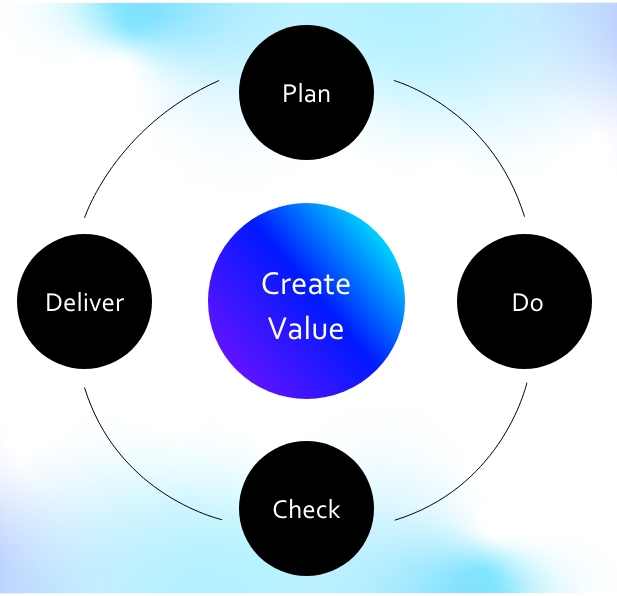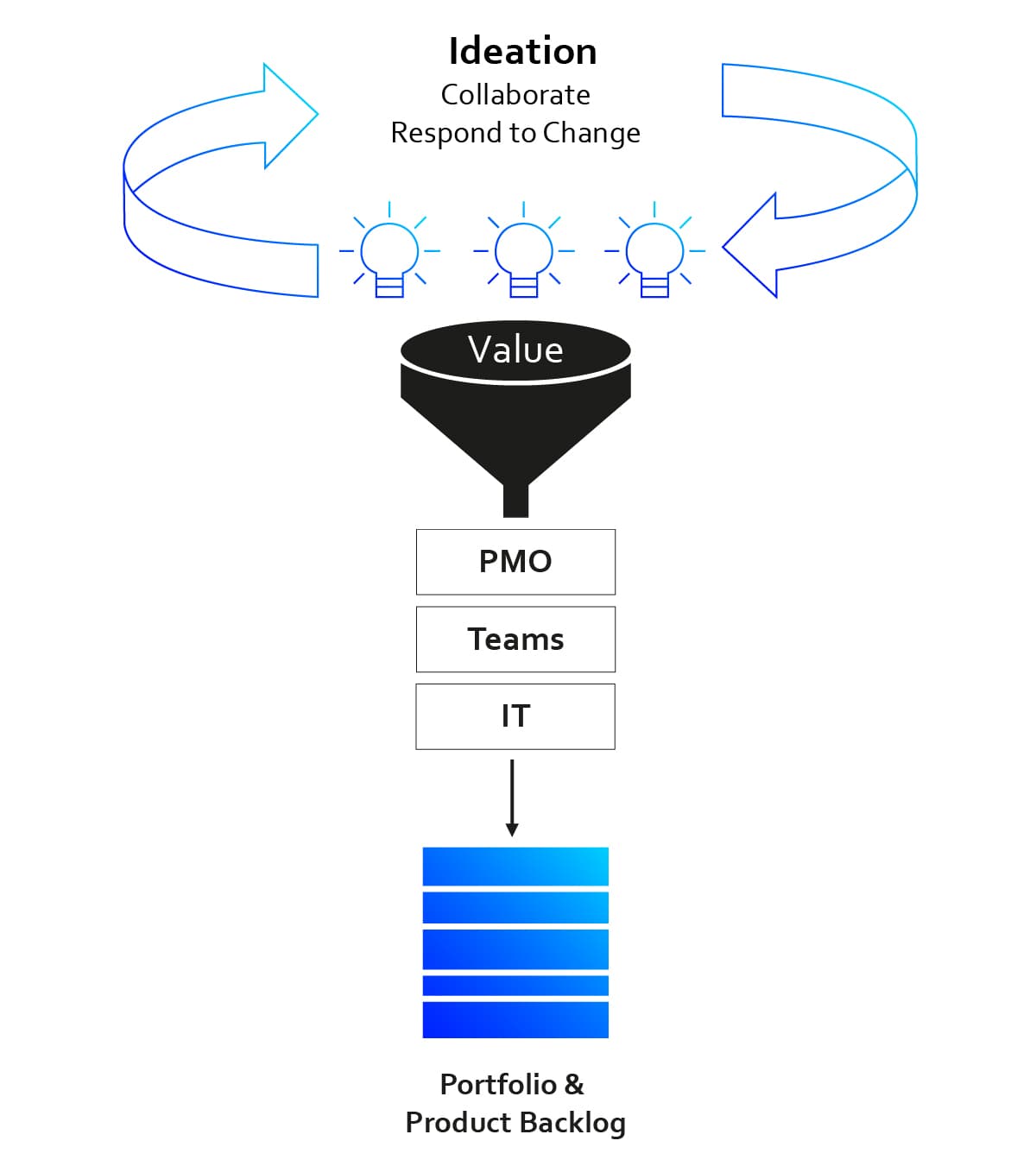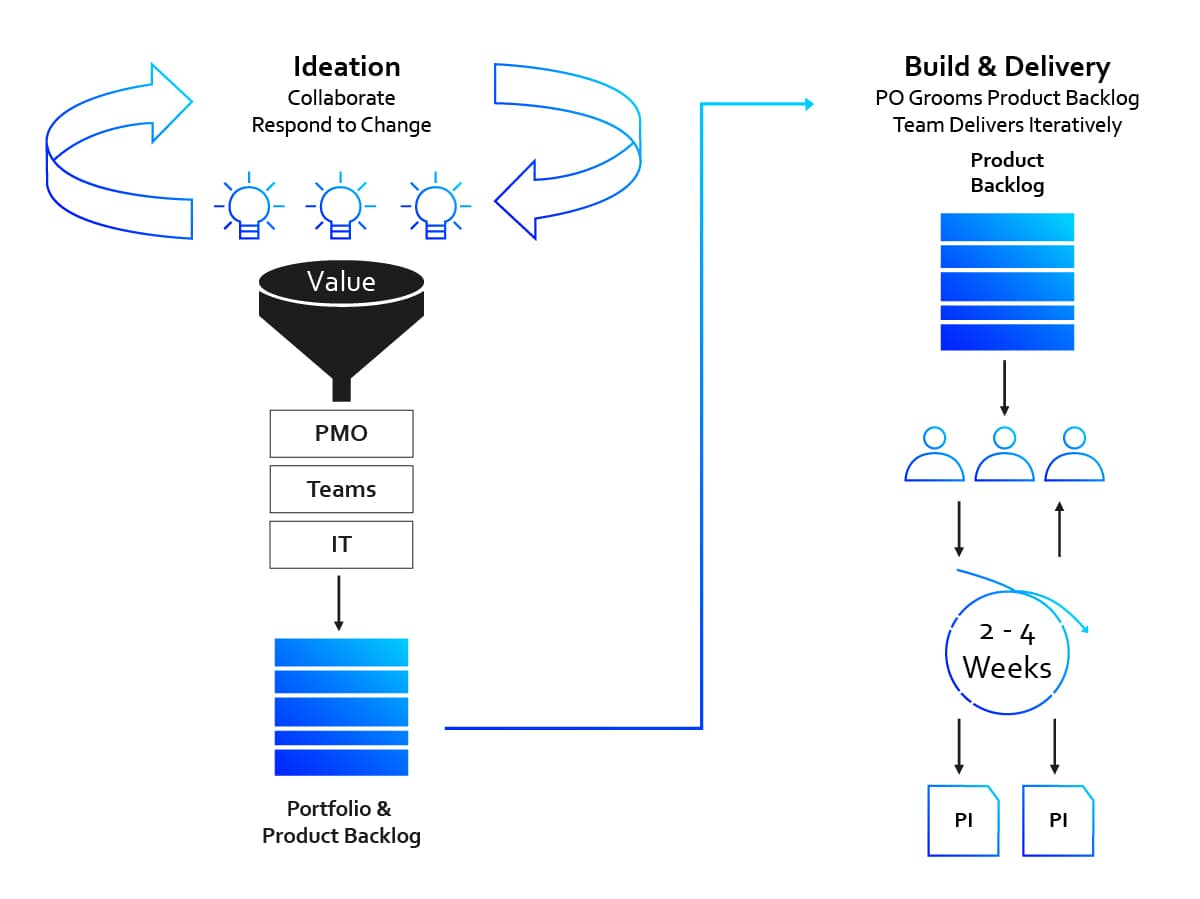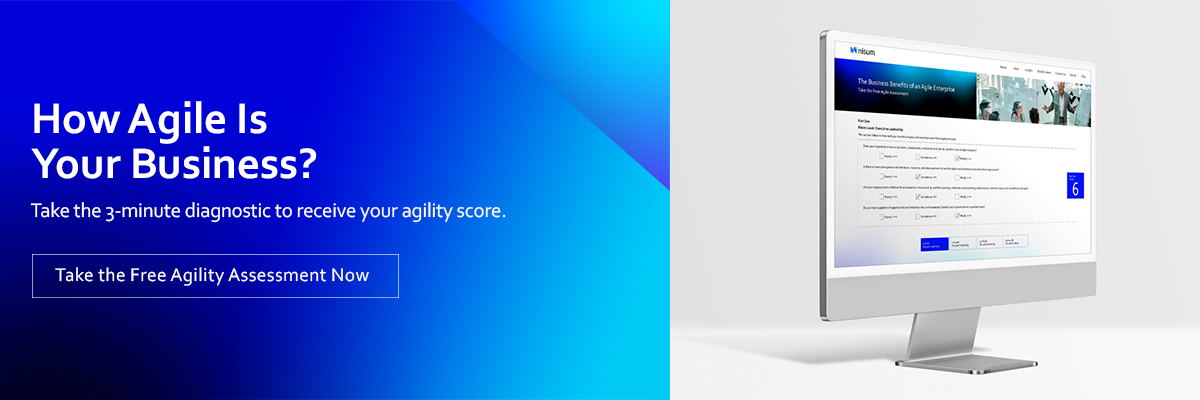 Picture credit: iStock
Picture credit: iStock
What does it mean for an enterprise to be Agile, and how can product managers use the best practices of Agile as a driver of value for companies and their products?
Product managers drive their company’s success by ensuring that its products are always adding value for its customers. Existing products must be kept up to date with new features and new products must be introduced to keep the company’s brand fresh and relevant. With transformational advances in technology on the horizon and the ever-increasing competition for customer loyalty, organizations need to adopt an Agile approach at all stages of their business.
This article will discuss how product managers can adopt an Agile framework and drive an Agile approach at all levels of their organizations.
Let’s begin by exploring 3 points from the Agile Manifesto.
1. Product Management Focuses on Product Value (Working Software)
Product managers are focused on creating products that deliver value to their customers. Product value is prioritized over all else. Likewise, every part of the Agile process is focused on delivering value. As it says in the Agile Manifesto, we value “Working software over comprehensive documentation.” This serves as a reminder to teams to stay focused on delivering features that have the most value and to deliver those features quickly and frequently.
Figure 1 - Plan, Do, Check, and Deliver, an iterative approach

When product managers adopt an iterative approach of Plan, Do, Check, and Deliver in all stages of the product life cycle, they can make their entire organization Agile. Plan, Do, Check, and Deliver is a method to develop software that can be adapted to the Ideation and other stages of the product development life cycle.
2. Product Management Seeks Customer Collaboration
Good Agile practice requires collaboration between the product managers and customers. This is the only way to ensure that what is built is actually what the customer wants. There are lots of ways to get customer feedback, from conducting focus groups to web surveys to face-to-face meetings. The information that you gain will be invaluable and will also make the customer feel that you appreciate them.
In a recent survey by Apptentive, the top two reasons why customers leave companies are:
- They don’t believe companies care about them.
- They are dissatisfied with the service.
Involving customers early on in the ideation process will lead to higher customer satisfaction and retention.
3. Product Management Leads the Response to Change
Whether it’s dealing with a threat from a competitor or responding to unforeseen global events like the COVID-19 pandemic, businesses must be able to quickly adapt and respond to change or they will perish.
Product managers need to be the drivers of change. As Aha! says on their What is the Role of the Product Manager web page, “The product manager is the person responsible for defining the why, when, and what of the product that the engineering team builds. This means they lead cross-functional teams from a product's conception all the way through to its launch.”
The product manager drives enterprise agility by focusing on creating value in collaboration with their customers and being able to quickly respond to changing circumstances.
This iterative approach of Plan, Do, Check, and Deliver is used throughout the 4-stages of product delivery which make up the core of the Nisum Agile Framework: Ideation, Portfolio Planning, Delivery, and Governance.
Product Management Starts With Ideation
![]()
You can’t wait for inspiration, you have to go after it with a club.
Products with rich feature sets don’t just appear. It takes a dedicated effort by the product manager to bring out the features that will create the most value for their customers.
Structured ideation facilitates the following:
- It is an iterative process that can take place over multiple sessions.
- Ideas are given time to mature, be researched and nurtured, be thought about from different angles, and be shared with others.
- Eventually, the best ideas are turned into new products, and new features are put into the product backlog.
Consistent product ideation creates a high level of transparency between all interested parties, including customers, stakeholders, and the engineering team. For customers, this helps to increase brand loyalty as they feel that they are part of the team and that they’ve had a hand in improving the products that they already love.
Figure 2 - Ideation Model

From Ideation to Build and Delivery
![]()
Genius is one percent inspiration, ninety-nine percent perspiration.
Once the portfolio and product backlog is ready, the next step is to get to building the product. After approval from the PMO, the build and delivery team is assembled and a product owner from the product management team is assigned. The product owner follows the same Agile foundation described above, which is focusing on value, collaboration, and responding to change with the build team.
During each iteration, collaboration with the build and delivery team is facilitated by following an Agile governance model of Stand-Ups, Iteration Planning, Demonstrations, and Retrospectives.
The product owner ensures that value is delivered by making sure that the most important features are at the top of the backlog. If any new features are needed due to changing business needs, the product owner will make sure that they are put at the top of the backlog and communicated to the team during the next iteration planning session.
Figure 3 - Ideation to Build & Delivery Model

Enterprise Agility Begins With Product Management
Transformational advances in technology and increasing competition for customer’s loyalty are ever-increasing. To not only thrive in this environment but to even survive, companies must adopt an Agile approach at all levels of their organizations. This will allow them to increase their speed of execution and to better respond to and adapt to their customer needs. It will enable them to deliver the products with amazing value.
Check out the 5 reasons to evaluate if your business needs Agile Consulting.
How Nisum Can Help
If you need help making your organization more Agile or any part of your Agile process, contact Nisum’s Business Agility division. Large organizations have found that Nisum gives them a competitive edge through Lean and Agile coaching. They are using Nisum to build change management systems that address key organizational challenges related to team efficiency.
Nisum has always been committed to serving our global and local communities and right now there is no greater crisis impacting the world than the COVID-19. Now, we are actively joining to fight by offering our services free of charge to organizations that have shifted focus to actively fight against this pandemic.




